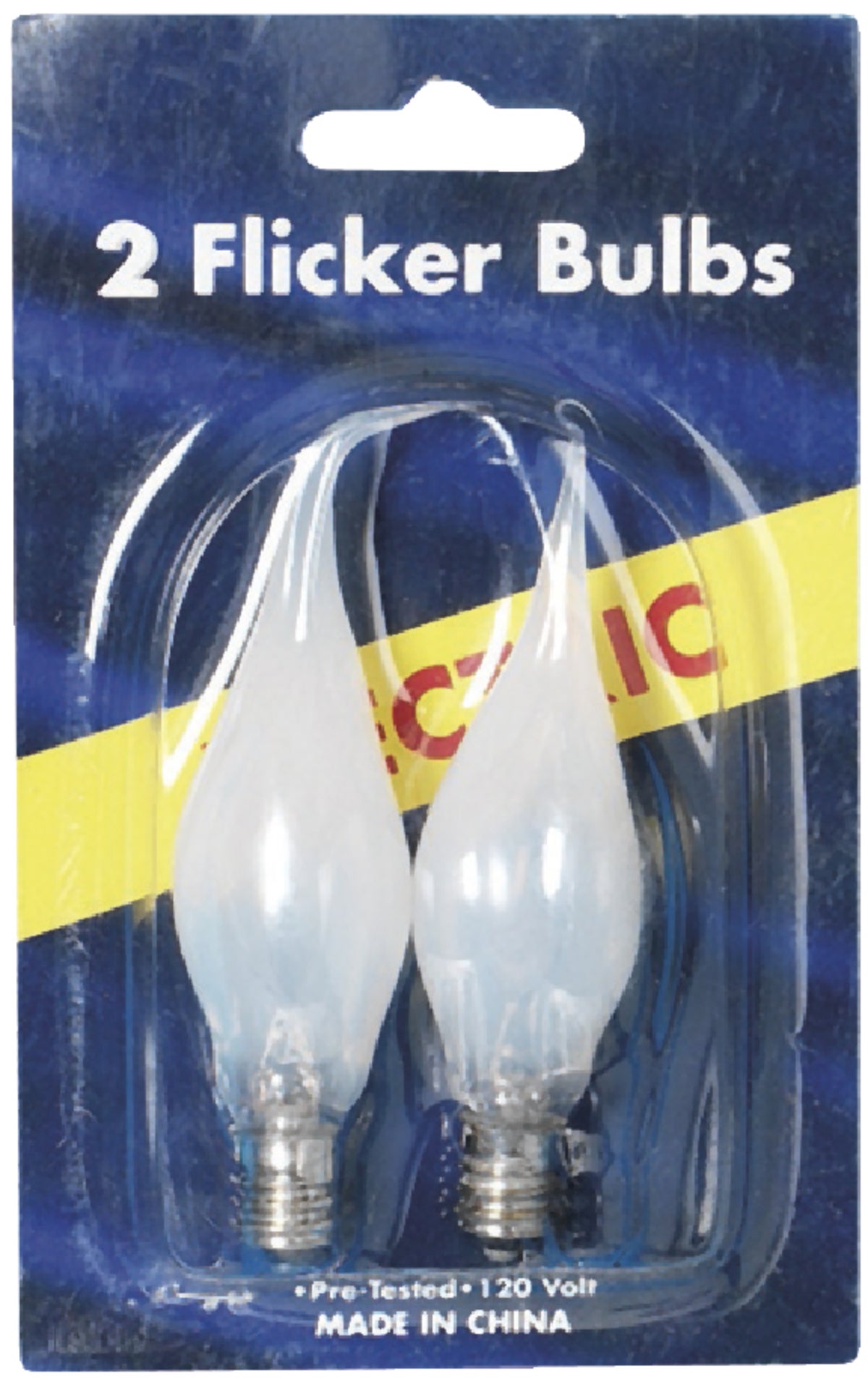
It then makes and breaks contact quickly, momentarily allowing a low- resistance path around the filament, causing the bulb (and to a lesser extent the steady bulbs in reaction) to flicker rapidly, much faster than most flasher or twinkle bulbs. When first turned on, the strip does not make contact, causing power to flow through the filament until it warms up within a few seconds. AC sets with shunts in their sockets such as NOMA "Stay Lit" will also blink individually as the shunt routes power around them.ĭuring the late 20th century, flasher bulbs were modified such that the bimetallic strip is a "normally open" switch instead of a "normally closed" one. This also prolongs battery life since the bulbs are off part of the time. When placed in a battery-operated set, these bulbs will flash individually since these sets are wired in parallel. These sometimes had a socket of a different color to indicate where each circuit began. Some sets of 100 did this, others had the more common sequential (non-interlaced) setup but were advertised as "5-way flashing", having five circuits of 20 bulbs. Some older mini-light sets interlaced two circuits, putting all of the odd-numbered bulbs on one and the even-numbered ones on the other, allowing some lights to remain on while others between them blinked off. These are easily recognizable by their red tips on an otherwise unpainted clear white bulb, and are available in the different voltages required for 10, 20, 35/70, and 50/100/150/200-light sets.
#FLICKER BULBS SERIES#
The advent of miniature lights found the adaptation of twinkle bulbs as flasher bulbs, which interrupt the entire series circuit of anywhere from 10 to 50 bulbs when powered from 120-volt mains electricity (in North America). Although now difficult to find for sale at local retailers, they are still available though online shopping. Visitors to some department stores have likely seen these on displays, Macy's still uses them in its stores. When used across a large area such as a Christmas tree, the lights create a sparkling effect.

Since the trigger is thermal, blinking will be reduced or stop altogether if the lights are turned down with a dimmer. Different bulbs may behave differently, even if purchased in the same package, due to minor manufacturing differences between each one. This repeats at semi-random intervals ranging from several to less than half a second, and they may appear to speed up and slow down in a "cycle". The bulb then cools, allowing the strip to bend back and make contact again. Once the bulb warms up, the strip pulls slightly away from the contact, opening and interrupting the parallel circuit through the bulb and turning it off. The original twinkle bulbs were C7½ and some C9¼ incandescent light bulbs with a bimetallic strip.


 0 kommentar(er)
0 kommentar(er)
